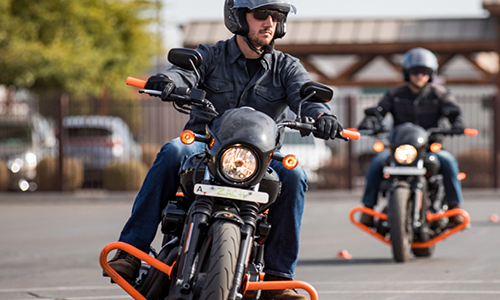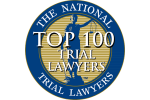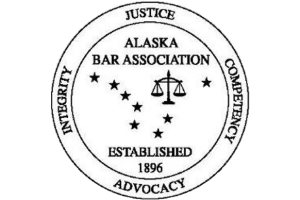- Free Consultation: (907) 277-3090 Tap Here to Call Us
Alaska Motorcycle Safety

Alaska Motorcycle Safety – According to the National Highway Traffic Safety Administration, recent data shows motorcyclists are about 28 times as likely to die in a motor vehicle crash compared to passenger car occupants. Safe motorcycling requires balance, coordination, and good judgment.
Alaska Motorcycle Safety – Learn To Ride
Learning Alaska Motorcycle Safety is crucial due to unique challenges like climate, varying road conditions, and increased visibility issues. Safety courses teach essential skills like cornering, swerving, and braking to avoid accidents, as well as the importance of proper gear and visibility. These skills are vital for both new and experienced riders to stay safe on Alaskan roads.
Alaska Motorcycle Safety Courses are offered in most cities and towns. For example:
Anchorage: A.B.A.T.E. Rider Education Program
Fairbanks: Freedom Road Motorcycle Training Center
Juneau: Alaska Bikers Advocating Training & Education (A.B.A.T.E.)
Palmer: Valley ABATE Alaska
Find the Alaska Motorcycle Safety course in your area.
Motorcycling Safety Tips
Wear A Helmet:
If you’re ever in a serious motorcycle crash, the best hope for protecting your brain is wearing a helmet. Alaska Motorcycle Safety includes always wearing a helmet meeting the Code of Federal Regulations Standard No. 218. Look for the DOT symbol on the outside back of the helmet.
Body Coverage:
When riding a motorcycle, completely cover your arms and leg for greater Alaska Motorcycle Safety. Wearing heavy denim or leather would be ideal for protecting your arms and legs. Boots or shoes should cover your ankles. Gloves allow for a better grip and help protect your hands in the event of a crash.
Motorcycle Visibility:
Wearing brightly colored clothing with reflective material will make you more visible to other vehicle drivers increasing your Alaska Motorcycle Safety. Apply reflective materials to your motorcycle and keeping your motorcycle’s headlights on at all times, even using high beams during the day to increase visibility.
Motorcycle Pre-Trip Inspections:
Check your motorcycle’s tire pressure and tread depth; hand and foot brakes; headlights and signal indicators; and fluid levels before you ride. You should also check under the motorcycle for signs of oil or gas leaks. Adjust the suspension and tire pressure ensuring the load is balanced to accommodate extra cargo weight. This improves Alaska Motorcycle Safety and ensure the trip is more enjoyable.
Motorcycle Passenger Safety:
To ensure Alaska Motorcycle Safety for passengers, both the driver and passenger need to prioritize safety gear, communication, and proper riding techniques. This includes wearing appropriate protective gear, understanding how to mount and dismount safely, maintaining a stable position on the bike, and communicating effectively. Passengers should mount the bike only after the engine has been started, sitting as far forward as possible. Remind passengers to keep both feet on foot rests at all times and to be wary of the muffler.
An individual injured in a motor vehicle crash through the fault of another driver may be entitled to compensation. Call an experienced Alaska personal injury attorney today to understand your rights after an Alaska motorcycle accident injury case.
Johnson Law has been helping Alaskans for nearly 30 years. It’s who we are. Call Johnson Law at (907)277-3090 or use our Contact Form to discuss your Alaska motorcycle accident injury case. We are here to serve you.
And while we hope you never need us… We’re here if you do. ~ Doug Johnson
Sources: Highway Traffic Safety Administration; Cornell Law School
Image Source: Alaska Harley-Davidson







